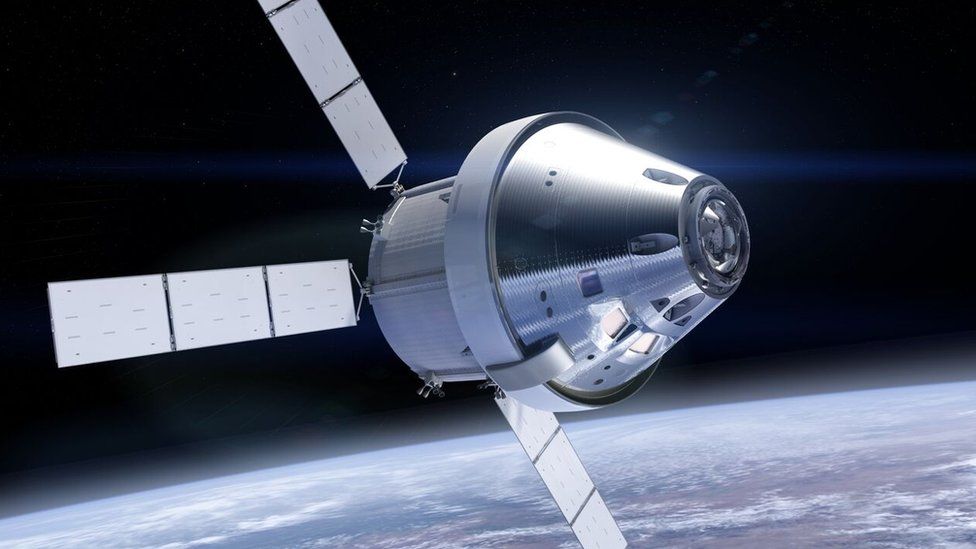
NASA’s new moon mission is poised to smash all kinds of records for human spaceflight. Named after the Greek goddess Artemis, Apollo’s twin sister, this initiative will put the first woman and first person of color on the moon.
With the debut launch of its next-generation mega-rocket, the Space Launch System (SLS), and the Orion crew capsule it is designed to carry, scheduled for next Monday, August 29, in Florida, the National Aeronautics and Space Administration hopes to make a significant advancement in its revived lunar ambitions.
The 42-day Artemis 1 mission will test the Orion spacecraft
The 42-day Artemis 1 mission will test the Orion spacecraft, a capsule that will orbit the moon and one day carry human crew members there. The uncrewed mission will launch from Cape Canaveral, Florida, no earlier than August 29 at 8:33 a.m. Eastern time, with September 2 and September 5 as backup dates.
Once in the atmosphere, Orion will begin in Earth’s orbit and then soar through space powered by the Interim Cryogenic Propulsion Stage (ICPS). It is a 45-foot-long cylindrical system with one engine. As Orion flies toward the moon, a service module provided by the European Space Agency will course-correct as needed. The spacecraft will complete up to one and a half revolutions in lunar orbit. There, it will set a record for the farthest any spacecraft that can carry a crew has traveled. Then, it’ll fire its engines at just the right time to be propelled back toward Earth, with the aid of the moon’s gravity.
On October 10, the Orion spacecraft will make a roaring return to our atmosphere. It will be moving at 6.8 miles per second, the fastest reentry of any capsule built for humans.
If all goes as scheduled, in 2025, these astronauts will become the first humans to step on the lunar regolith
If Artemis I is successful, it could lead to the first crewed SLS-Orion mission, an out-and-back orbital voyage around the moon called Artemis II, as early as 2024, and then an Artemis III excursion to the lunar surface a year or more later.
If all goes as scheduled, in 2025, these astronauts will become the first humans to step on the lunar regolith or dusty moon soil. It is since Apollo 17’s Gene Cernan and Harrison Schmitt walked there in December 1972.
The four primary SLS engines and its solid rocket boosters are scheduled to fire at 8:33 a.m. EDT (12:33 GMT) on Monday, barring last-minute technical issues or unfavorable weather. Should the countdown take longer than the two-hour window targeted for liftoff, NASA has set Sept. 2 and Sept. 5 as alternative launch dates.
“This new deep space exploration system is going to take us back to the moon and to new scientific discoveries that we can’t even imagine yet,” said Randy Lycans, Vice President and General Manager of NASA’s Enterprise Solutions.
